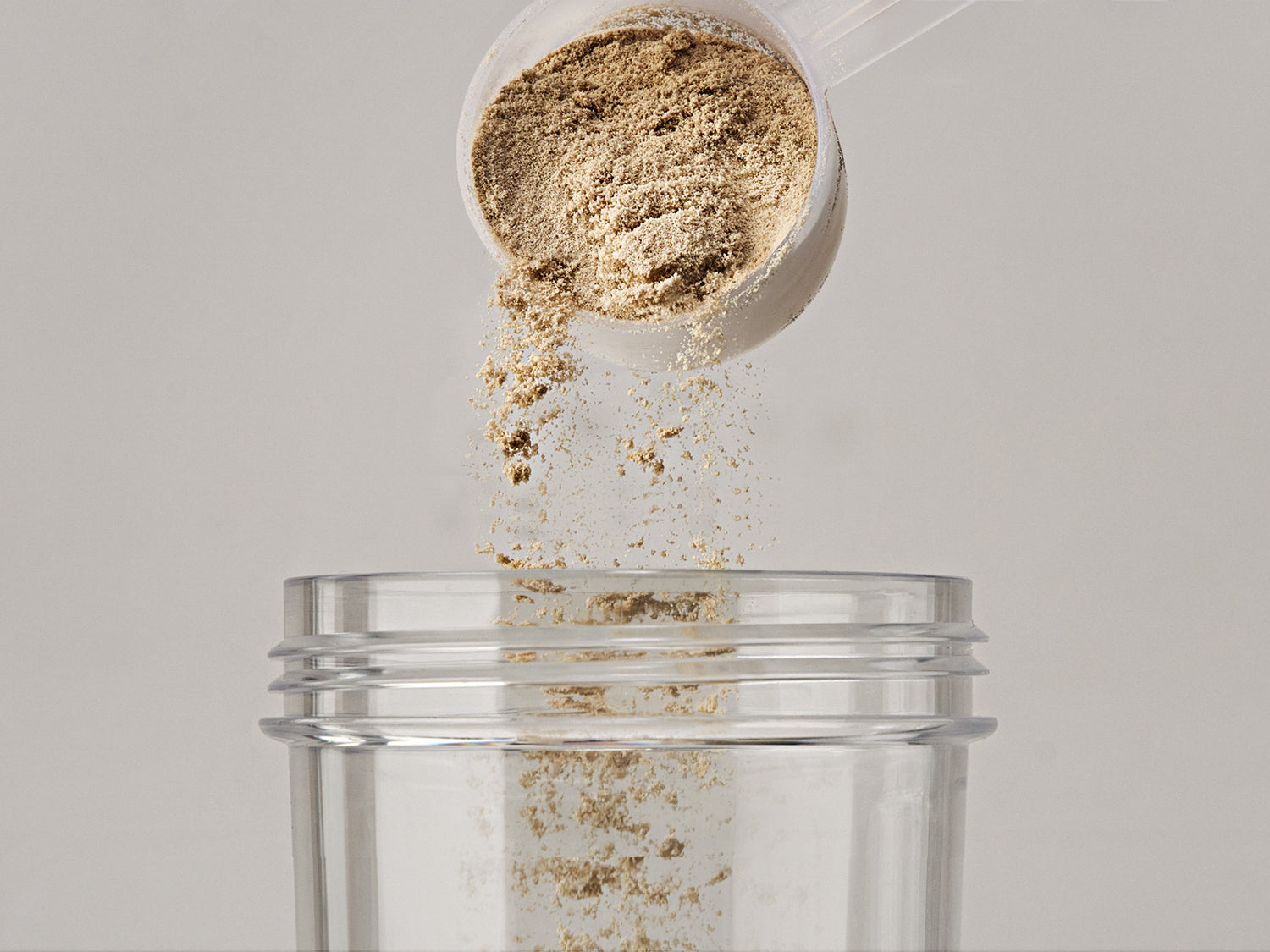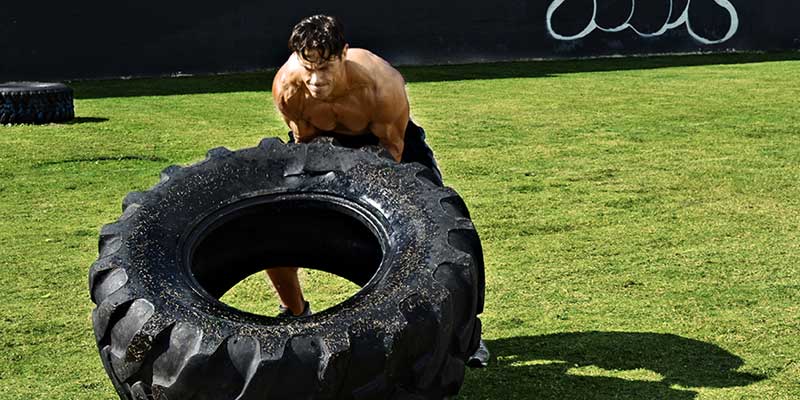When you first picked up the weights, each body part seemed to grow like weeds, getting bigger and stronger with every workout. But now that you’ve got some years of training under your belt, you’ve hit an inevitable plateau and are finding that some body parts just aren’t growing at the same rate as others. Every lifter is unhappy with one body part or other. Whether it be “chicken legs” or “noodle arms,” or even a “cave chest,” the majority of us have a body part that is not up to par with the rest of our physique. Of course genetics, play a role in determining what our physiques look like, but with certain adjustments in training, diet and/or supplementation, genetics can become a non-factor and you can change your weakest body part into one of your strongest!
The most important factor in bringing up a lagging body part is going to be your training. The most obvious course of action would be to train your lagging body part more than others (i.e. doing arms twice a week). However, this should only be done if the target area is getting sufficient rest. You should give them at least two days rest before hitting that body part again. For example, you could work arms on Monday and then hit them again on Thursday. If you are unable to dedicate two days to working a body part, you could try increasing the volume – sets, reps and weights that you’re using to work the lagging body part. Try adding exercises from different angles and utilize a variety of grips and stances to increase the stress placed on the muscle.
Limiting the time between your rest sets is an example of a way to increase the volume. This method tricks your lagging body part into lifting more weight than it’s used to, which in turn leads to adding more overall size and strength to that particular muscle group. For instance, choose a weight that you can lift for 6 to 8 reps. Perform 3 or 4 reps and rest for 25 to 30 seconds. Then perform another 3 or 4 reps and put the weight down again for 25 to 30 seconds. After repeating this 3 or 4 times, you will have completed 12 to 15 reps with a weight that you could only lift 6 to 8 times.
Also Read: The Perfect Weighted Dips
Another example of this increasing volume is using staggered sets. This allows you to work your lagging body part during your rest sets between other muscle groups. Perhaps your triceps are lagging behind the rest of your physique. You could perform bench dips in between sets of squats on leg day. Just be sure not to work any muscles that may be getting secondary work from your workout that day. For instance, you don’t want to do curls during a back workout, as the biceps act as an important mechanism for most back exercises. by the way, did you have a chance to read our article on calf exercises?
While increasing the volume is an effective and proven method for bringing up a lagging body part, you could also try utilizing explosive exercises to spark new muscle growth. Box jumps, kettlebell snatches and jump squats are all great movements that will add a new twist to your usual training routine. Increasing the overall power of a muscle is an effective way to give your lagging muscles a much needed shock into new growth.
Incorporating functional movements into your training is also another great way to bring up those lagging body parts. Movements such as tire flips, farmer’s walks and ring dips will not only help to introduce a new stimulus to your lagging muscles, they’ll also give your entire body a workout at the same time.
Another training strategy is to make sure you are training to absolute failure. If you’re not pushing your limits, then you’re not fully recruiting all possible muscle fibers, which in turn is not maximizing your muscle-gaining potential.
If all else fails, maybe it’s your body telling you that you need to give it a rest. You may possibly be overtraining that lagging area and it needs time to repair and recover before it can sprout some new growth. This will also allow you to take a step back and reassess the training methods that you’ve been using. Are they working or is there something different that you could be doing to try and bring on new growth? In the end, genetics plays a role in dictating which muscle groups we are blessed with and on which we have to work harder on to keep up with the rest of our physique – but they should never be an excuse for not giving 100% effort in trying to achieve your best.




